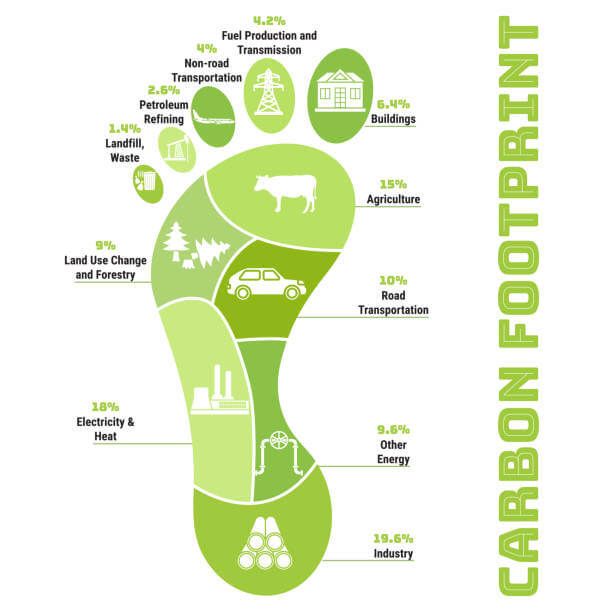In today’s world, the issue of climate change is becoming more and more pressing. As individuals, we all have a responsibility to do our part in reducing our carbon footprint and helping to protect the environment. One of the most effective ways to do this is by making small changes in our daily lives that can collectively make a big impact. In this article, we will discuss some simple yet effective ways to reduce your carbon footprint in the tech industry.
1. Use Energy-Efficient Devices
One of the biggest contributors to carbon emissions in the tech industry is the use of energy-intensive devices such as laptops, smartphones, and tablets. By opting for energy-efficient devices, you can significantly reduce your carbon footprint. Look for devices that are ENERGY STAR certified, as these are designed to consume less energy and produce fewer greenhouse gas emissions.
2. Turn Off and Unplug Devices When Not in Use
Another easy way to reduce your carbon footprint is by turning off and unplugging devices when they are not in use. Many devices continue to consume energy even when they are in standby mode, so make sure to fully power them down when you are done using them. Additionally, unplug chargers and power cords when they are not in use to prevent phantom energy consumption.
3. Opt for Renewable Energy Sources
If possible, opt for using renewable energy sources to power your tech devices. Consider investing in solar panels or wind turbines to generate clean energy for your home or office. Many utility companies also offer green energy options that allow you to support renewable energy sources.
4. Recycle Old Devices
Instead of throwing away your old tech devices, make sure to recycle them properly. Many electronic devices contain hazardous materials that can harm the environment if not disposed of correctly. Look for recycling programs in your area or donate your old devices to be refurbished and reused by others.
5. Reduce Paper Usage
In the tech industry, paper usage can be a significant source of carbon emissions. Whenever possible, opt for digital documentation and online communication to reduce the need for printing. Use tools like Google Drive or Dropbox to store and share files electronically, and choose electronic billing and invoicing options to minimize paper waste.
6. Opt for Virtual Meetings
Instead of traveling for in-person meetings, consider opting for virtual meetings whenever possible. Video conferencing tools like Zoom or Microsoft Teams allow you to connect with colleagues and clients from anywhere in the world, reducing the need for air travel and the associated carbon emissions.
By implementing these simple tips, you can significantly reduce your carbon footprint in the tech industry and help to protect the environment for future generations. Remember, every small change counts, and together we can make a difference in the fight against climate change.


